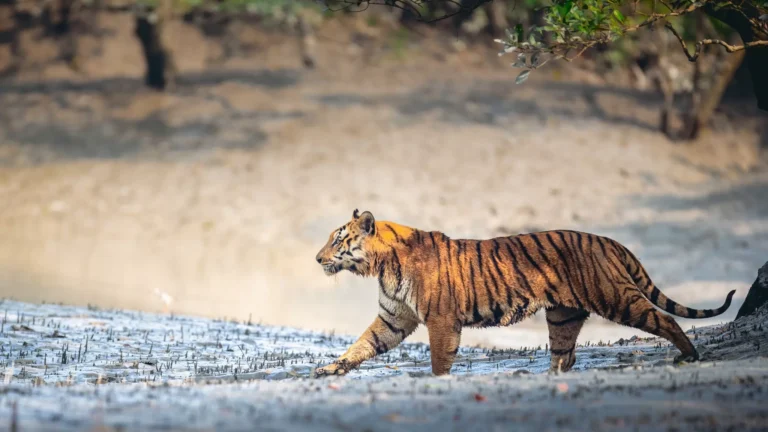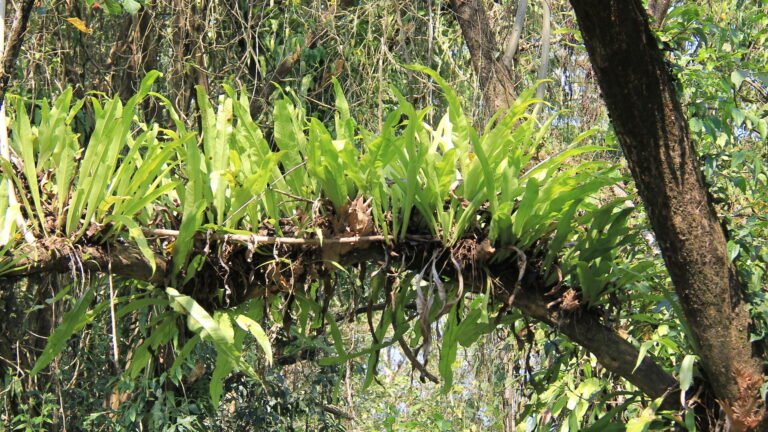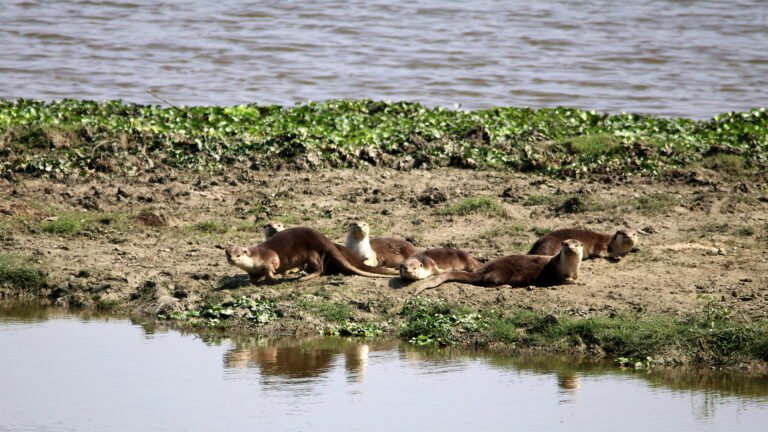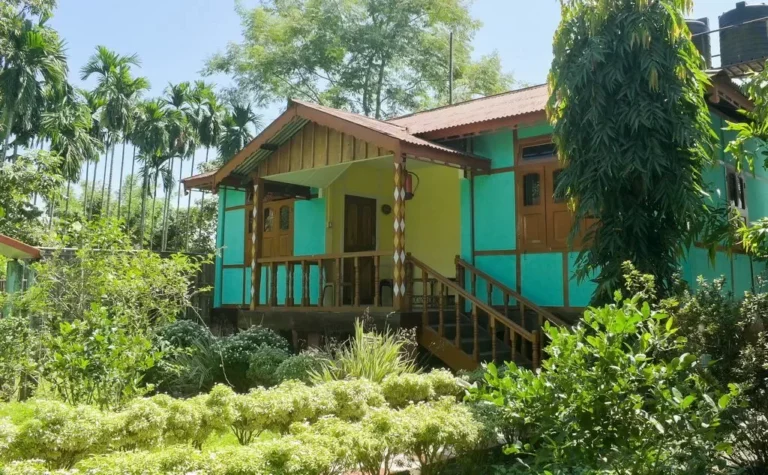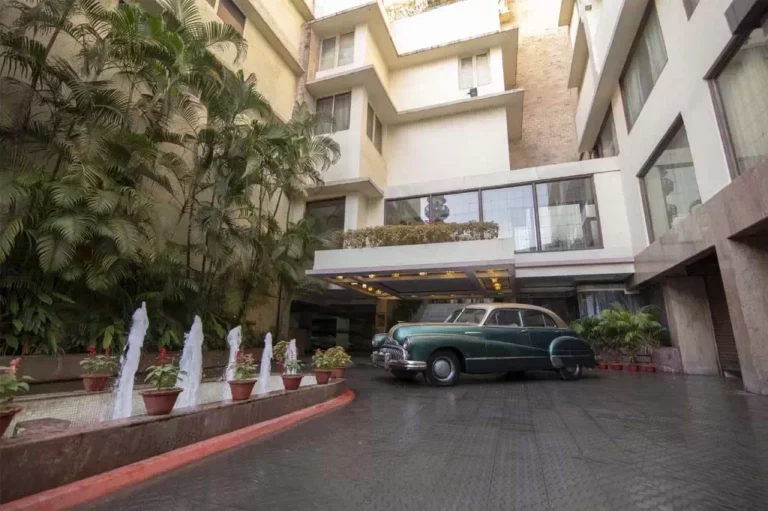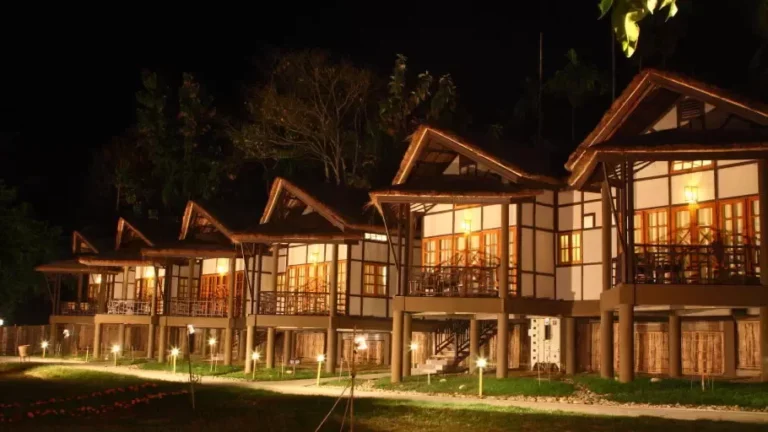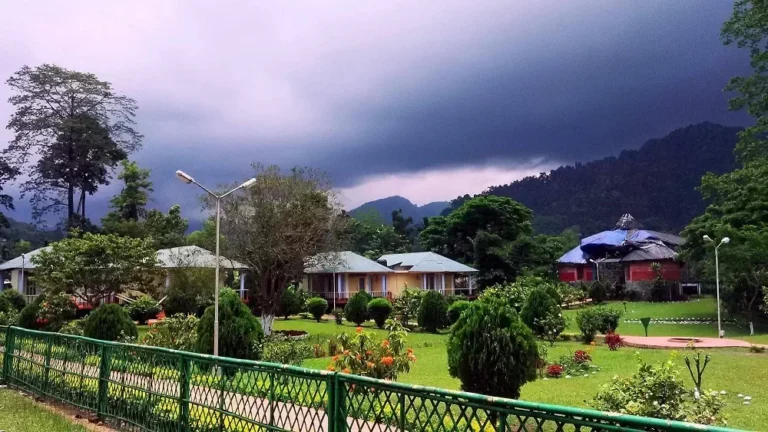A wildlife experience like none other, this itinerary goes beyond the routine, seeking rare experiences and endangered species.
Begin with a unique nocturnal quest of the rare and elusive Fishing Cats and Jungle Cats in rural Bengal. The Fishing Cat is the state animal of West Bengal and is locally known as baghrol or machbagha (fish tiger) in Bengali.
Seek the majestic Royal Bengal Tiger in the saline mangrove swamps of Sundarbans, the only major tiger stronghold in Bengal, the state that gives the Bengal Tiger its name. Sighting a tiger here from a boat is a completely different experience from a jeep safari in Central India.
The adventure continues across three of India’s most beautiful National Parks – Manas, Orang and Kaziranga in Assam where the tiger shares the jungle with Rhinos, Elephants, Wild Buffalo, Swamp Deer and the Pygmy Hog, one of the most endangered species in the world. These are unique, bountiful and stunningly beautiful habitats that will thrill all wildlife lovers and wildlife photographers.
The haunting calls of the Hoolock Gibbon, India’s only ape, and a support cast of no less than 6 primate species makes walking through the Gibbon Sanctuary a truly memorable experience.
Throughout the trip, encounters with diverse birdlife at every location will continue to excite, with Critically Endangered species like the Bengal Florican and the threatened Greater Adjutant Stork. The latter is a heart-warming success story of community conservation reminding us that conservation isn’t just for the cute and cuddly, and is a fitting finale to a fortnight of wildlife adventures that will remain etched in memory forever.
